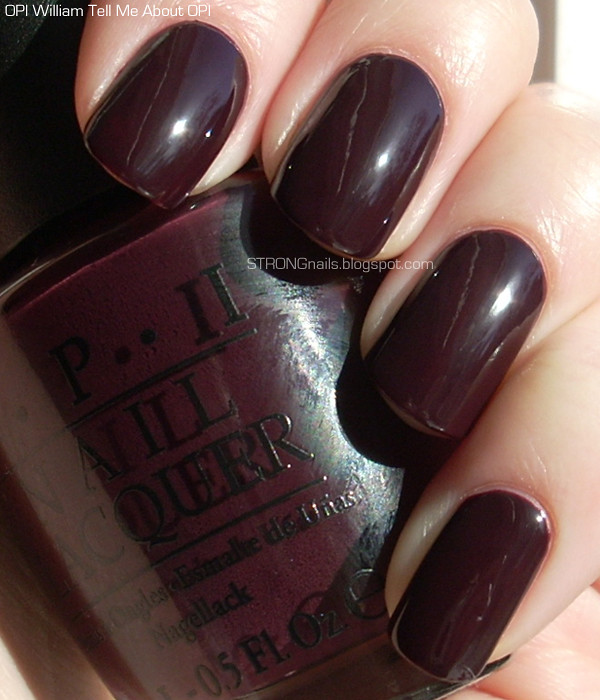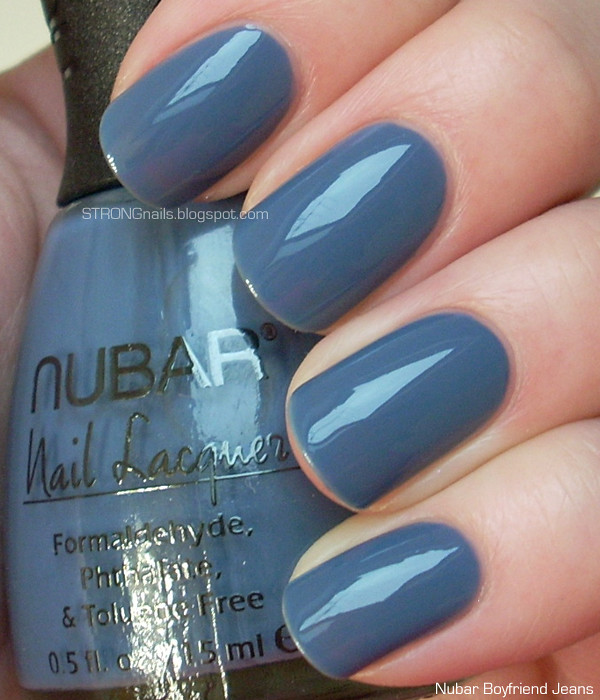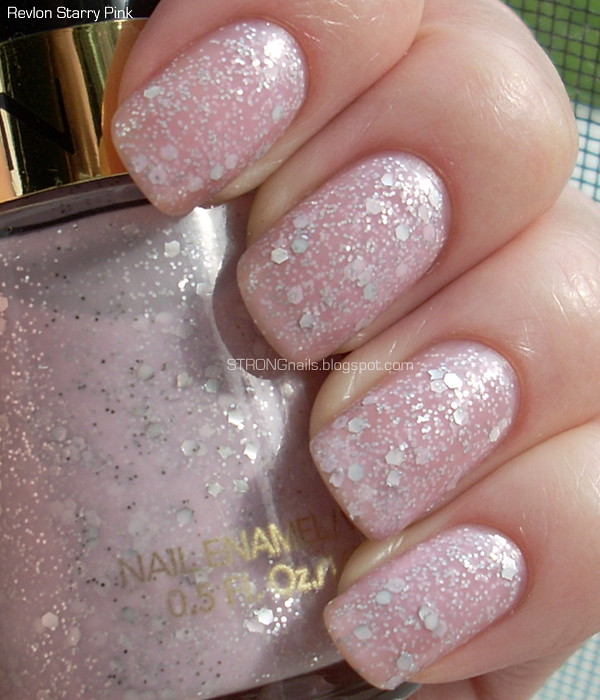Today I have a more wordy post for you! I want to talk about acetone, and hopefully clear up any misconceptions people might have about it. To keep this fun, I've included two pictures of my little cat, Mini. She's supposed to be an indoor cat, but lately she has been slipping out the door at every opportunity. She only runs for about 5 feet, though. As soon as she reaches the lawn, she starts chowing down.
Now you're in the mood to read about acetone, yes?
Many people are under the false impression that "acetone free" or "non-acetone" polish remover is somehow safer or better for your nails. This just isn't true. Acetone is an extremely safe and effective solvent when used properly. It's just as safe as any other type of nail polish remover. Acetone is used safely in much (MUCH!) larger quantities by other industries. You will not become overexposed to acetone by using the small amounts needed for manicures.
Just follow these easy rules:
· Use it in a well-ventilated room. Don't huff it!
· It's not intended for consumption. Don't do shots!
· It's flammable. Don't do your nails by romantic candlelight!
Is it bad for your skin?
Some people notice that their skin turns white where acetone comes in contact with it. This may look disturbing, but it's not a sign of damage or any other problem. Acetone is just temporarily dehydrating, which is a quality that makes it great for preparing the nail plate for a manicure. There's no need to worry about it as your skin will naturally restore its moisture levels within about 30 minutes. Just dab on a little cuticle oil after you finish polishing, and you're good as new.
Non-acetone/acetone free polish remover is actually MORE drying for your skin, simply because it's a less effective solvent. It works more slowly so you have to use more of it for a longer amount of time. This means you spend more time in contact with it and are exposed to more of it. Unless you are actually allergic to acetone, there's no need to avoid it.
I believe the main source of confusion about the safety of acetone comes from the marketing attached to non-acetone removers. These removers are usually made from either methyl ethyl ketone or ethyl acetate, but the main phrase advertised on the bottle is "acetone free". Without actually lying to us, those words imply that acetone is something we should avoid. So don't fall for this marketing trick; if you want to use acetone remover, then go right ahead!
Source: Nail Structure and Product Chemistry by Douglas D.Schoon
Mini enjoys a fresh salad.










































